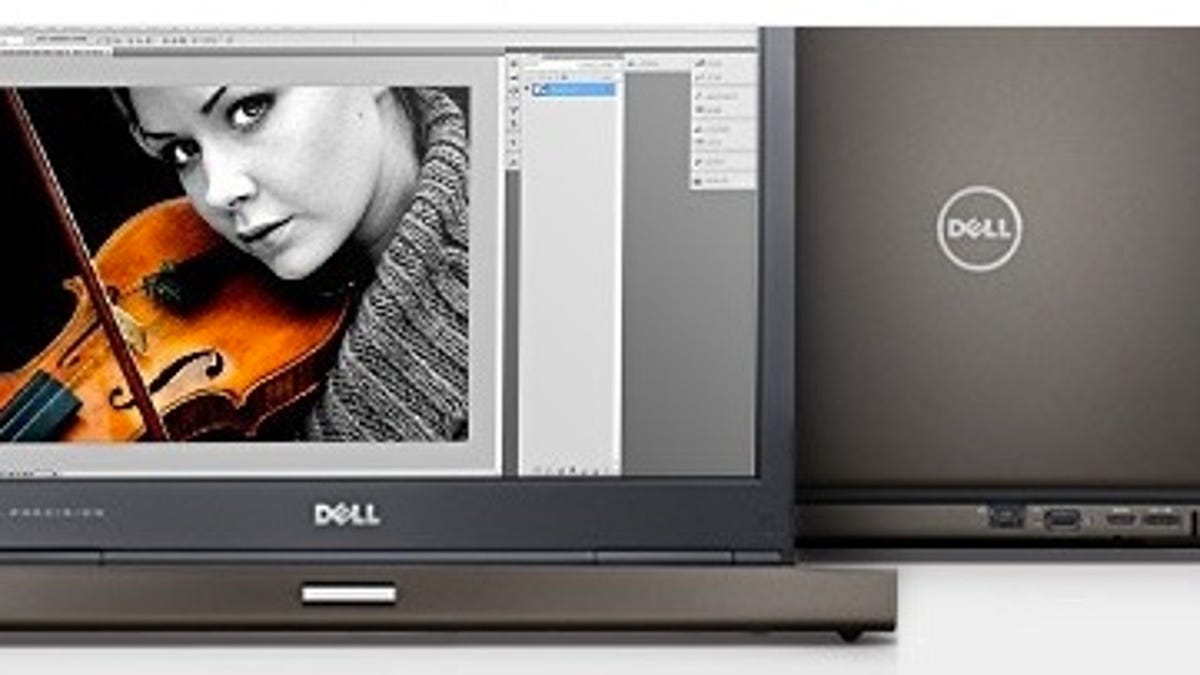Intel's Ivy Bridge waits on Windows 8
Can't wait for an Ivy Bridge system running the next version of Microsoft's OS? Be patient.

Ivy Bridge will highlight Intel's emphasis on power-efficiency and graphics performance, but one key ingredient will be missing -- Windows 8.
Intel's Ivy Bridge chip is expected to be announced Monday, opening the floodgates for new desktops and laptops built around the chipmaker's first 22-nanometer processor. Generally, the smaller the chip geometries, the faster and/or more power efficient the silicon is. Intel's current Sandy Bridge processors use "fatter" 32-nanometer technology.
How small is 22 nanometers? More than six million 22-nanometer transistors could fit in the period at the end of this sentence, according to Intel.
Part and parcel of Intel's 22-nanometer tech is the 3D "tri-gate" transistor (see image below). Intel claims tri-gate tech allows an "unprecedented" combination of power savings and performance gains that will allow the perpetuation of Moore's law for "years to come," according to a statement by the company.
Ivy Bridge will also be the biggest statement by Intel to date on the importance of graphics. "Graphics are the part where you're going to see the most sizable gains [and] on the CPU [central processing unit] you're going to see incremental benefits," an industry source familiar with Ivy Bridge's performance, told CNET earlier in the month. And this has been confirmed by early Ivy Bridge benchmarks.
"Internet Explorer, Firefox, Chrome. They've all been in a performance war. And one of the things that they use to improve performance is the graphics elements of HTML," said Nathan Brookwood, principal analyst at Insight64, referring to Ivy Bridge's graphics silicon support for OpenCL 1.1 -- an Intel first. "So, if you look at IE9 versus IE8, one of the big improvements there was being able to use the GPU accelerate a lot of that kind of work."
All of this is good news for consumers looking to update an older Windows 7 system. But Intel has made it abundantly clear that Windows 8 is the real target market. That's when we can expect a new kind of ultrabook that spans the tablet and laptop categories.
"Starting with Windows 8, you have a mainstream operating system incorporating touch. Our view is that in the ultrabook lines, touch is a pretty critical enabler. When users see that new Windows interface, they're going to want to touch it. If the screen does nothing, you have disappointed [the] consumer," Intel CEO Paul Otellini said last fall at an Intel conference.
And that's when we'll likely see Ivy Bridge updates to existing popular ultrabooks like the HP Folio 13 and Dell XPS 13 ultrabook, too.
But until Windows 8 arrives, consumers will have to make do Windows 7. (That said, who knows, it may turn out that the more traditional Windows 7 may be preferable to Windows 8, at least for some.)
Needless to say, the Ivy Bridge chips expected to be announced tomorrow will focus on Windows 7 systems. Those initial chips will be for quad-core desktops and laptops. Not until the May-June time frame will we see dual-core chips for mainstream laptops and ultrabooks.
And let's not forget the Mac. Rumors have Apple bringing out a thinner 15-inch MacBook model in the coming months as well as 13-inch MacBooks. Those systems will likely tap Intel's more power-efficient Ivy Bridge chips.
Ivy Bridge highlights:
- Intel's 3D transistor tech: Ivy Bridge is a 22-nanometer chip (Sandy Bridge is 32nm) and will be the first to use Intel's 3D transistor technology. Suffice to say, it's necessary to sustain Moore's Law--doubling the number of transistors on a silicon device every two years. As device dimensions become prohibitively small, cramming in transistors in the traditional two-dimensional fashion becomes impossible. So, 3D or vertical transistors become necessary.
- USB 3.0: Built into Ivy Bridge silicon--the first time Intel is doing this. So USB 3.0 should become universal. Market researcher In-Stat has forecast that 400 million USB 3.0-enabled devices will ship in 2012.
- Graphics/multimedia: This is the feature Intel has allocated most of the additional chip real estate to (Intel is expected to call the graphics component the HD 4000.) Gains over the current Sandy Bridge chip on some graphics benchmarks are significant.
- OpenCL 1.1 and DirectX 11: Intel will support OpenCL for the first time in the chip's graphics component and DirectX 11 will also be supported for the first time.

